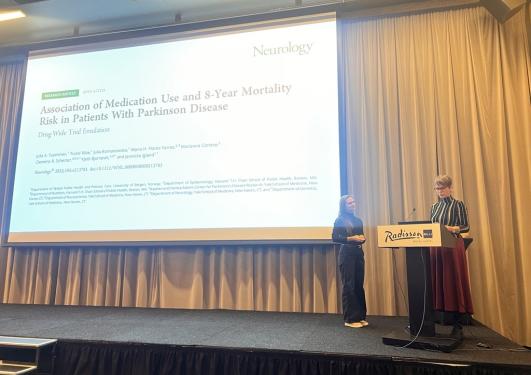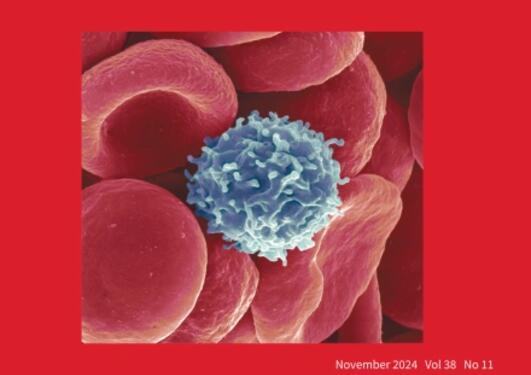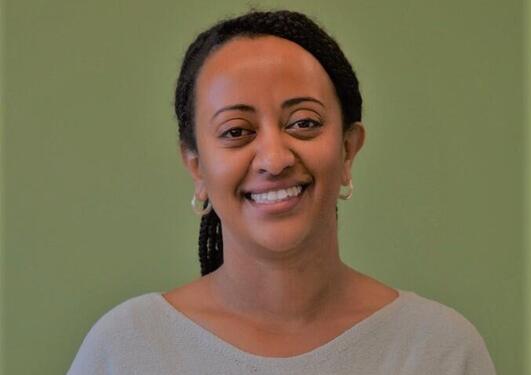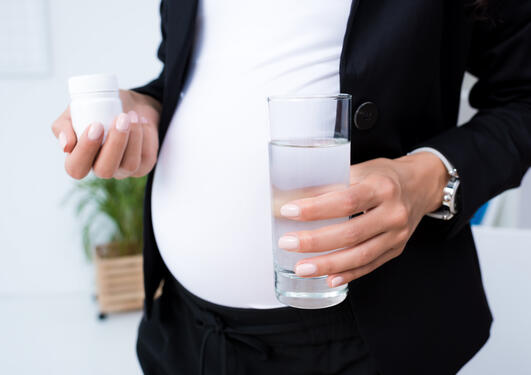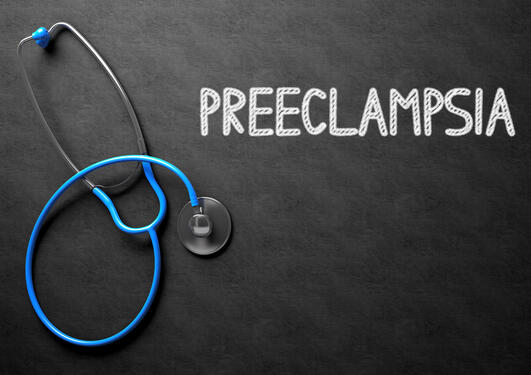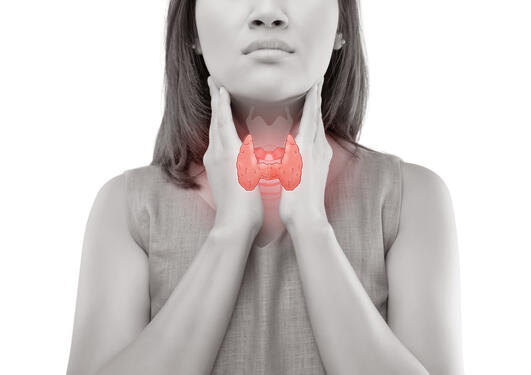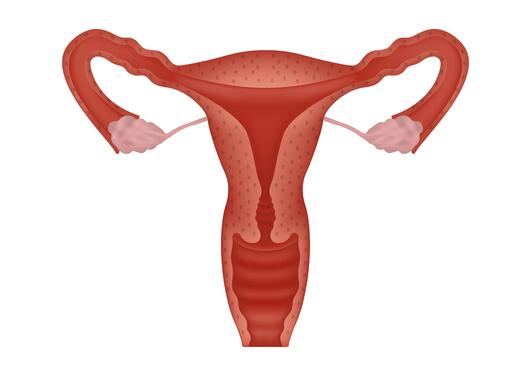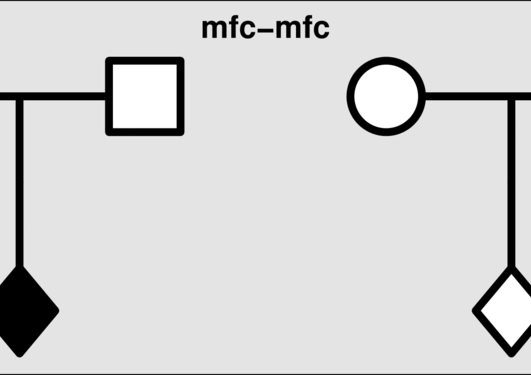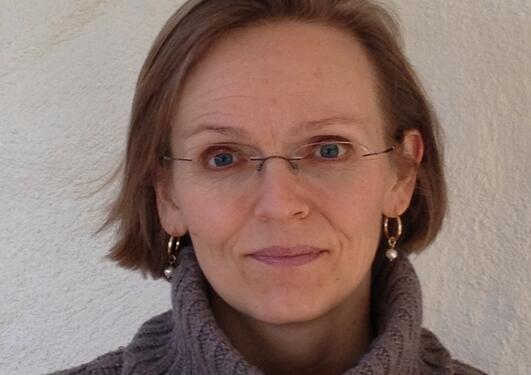News archive for Section for epidemiology and medical statistics
We congratulate Julia Axiina Tuominen who received the award for the best article of the year at the NOFE conference in Bergen on October 29-30 in Bergen!
An up-to-date description of the global burden of leukemia by subtype utilizing population-based cancer registries from around the world.
Kari Klungsøyr received the award for publication of the year on the institute's day on 8 May 2024
On 15/04/2024 Prativa Basnet defends her PhD dissertation titled “Twin Pregnancies: Long-term Maternal Mortality, Birthweight in Subsequent Pregnancy and Adverse Pregnancy Outcomes in Next Generation” at the University of Bergen.
Yeneabeba Tilahun Sima defends her PhD on February 22nd, 2024, at the University of Bergen with the thesis: "Caesarean Delivery and Women’s Health: Population-Based Studies: Trends, Offspring Birthweight, Fecundability and Maternal Cardiovascular Disease Mortality".
Through access to unique data and interdisciplinary collaboration, a newly established research centre at UiB aims to understand why people are affected by different cancers, cardiovascular diseases, and diseases of the central nervous system. The centre has been established with support from the Trond Mohn Foundation.
About 6 out of 10 pregnant women use one or more prescription medications during pregnancy.
PhD Candidate Akash Kapali presented at the world’s largest conference on multiple sclerosis; MSMilan2023 (held 11-13 October at Allianz MiCo in Milan)
Fetal preeclampsia exposure has been associated with later cardiometabolic disease. However, this association has been investigated in few large population-wide studies, and it is unknown whether the association represents a causal relationship or is the result of shared etiological factors.
Individuals with birth defects have an increased cancer risk. Recent research shows an increased risk of childhood cancer among individuals with siblings with birth defects.
A Nordic study that was recently published in the American Journal of Epidemiology shows that conditions related to pregnancy are important for the later development of thyroid cancer in the mother.
Recent research published in the International Journal of Epidemiology shows that there are gender differences in the connection between congenital malformations and childhood cancer.
A Norwegian study that was recently published in BJOG (British Journal of Obstetrics and Gynaecology) shows that women affected by gynecological cancer, especially women with cervical and ovarian cancer, used more medication for pain relief and sex hormones than women without cancer long after they had the diagnosis. Women with uterine cancer used more diabetes medications (antidiabetics) both... Read more
We introduce a new and complete tool in the R package Haplin for power and sample size calculations in genetic association studies, readily applicable to data in MoBa or Harvest. The article is published in BMC Bioinformatics
A new study from the University of Bergen shows that adults from Hordaland that are physically active are at lower risk of dying than others – and that the level of physical activity required for a protective effects is surprisingly low.
In this study we found that more than 70% of students were satisfied with the introductory week and the opportunity it provided for getting to know other students.
A new study recently published in Cancer studied all individuals born in Norway over a 20-year period (1965-1985), and compared those who received a cancer diagnosis before age 25 with those without cancer, with regards to receipt of governmental financial assistance, employment, income- and occupation discrepancies.
Pages
- October 2025 (1)
- November 2024 (1)
- May 2024 (1)
- April 2024 (1)
- February 2024 (1)
- January 2024 (2)
- October 2023 (2)
- August 2023 (4)
- April 2019 (1)
- May 2017 (1)
- December 2016 (1)
- October 2016 (1)
- August 2016 (1)
- February 2016 (1)
- January 2016 (1)
- November 2015 (1)
- October 2015 (2)
- June 2014 (3)
- December 2013 (1)
